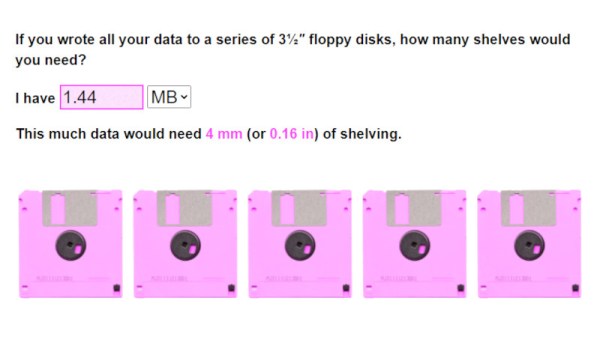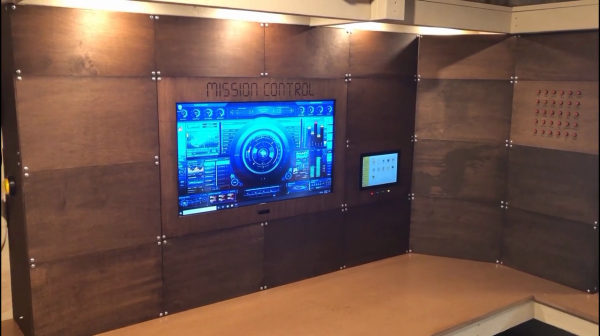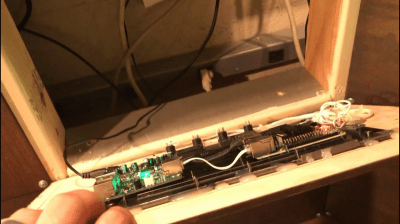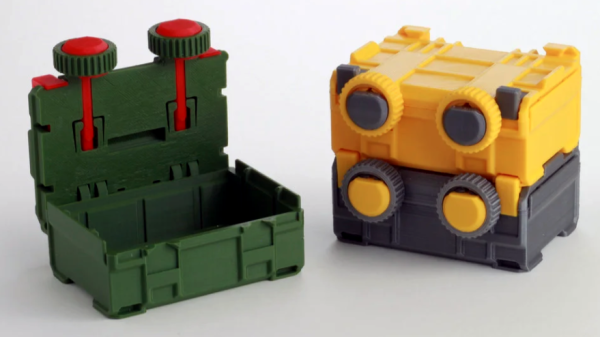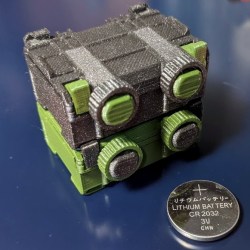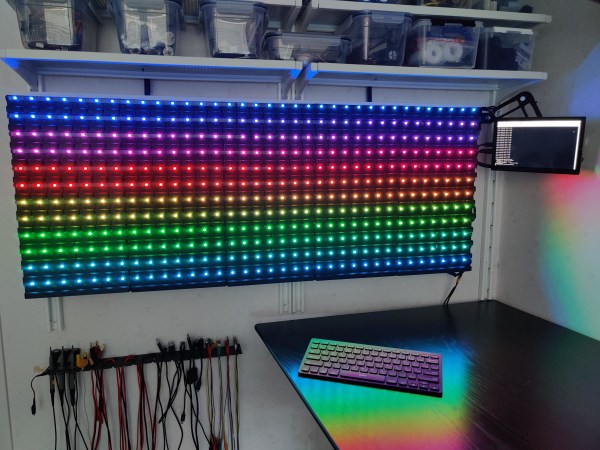[lexie] is a librarian, and librarians live in the real world. They’re not concerned with vague digital notions about the size of data, but practical notions of space. Thus, she created a tool to answer an important question: how long do your shelves need to be if you’re storing all your information on 3.5″ floppy disks?
It’s a great question, and one we find ourselves asking, well, pretty much never. [lexie]’s tool is also built using modern web technologies, and 3.5″ floppy disks were never really used for bulk storage, either. It just makes the whole thing all the more frivolous, and that makes it more fun.
You can key in any quantity from megabytes to exabytes and the tool will spit out the relevant answer in anything from millimeters to miles as appropriate. Despite the graphics on the web page, it does assume rational shelving practices of placing disks along the shelves on their thinner 4 mm edge.
We’d love to see a expanded version that covers other storage methods, like tape, hard drives, or burnt media. It could actually become pretty useful for those building their own mass storage farms at home. With CHIA cryptocurrency that could become more popular, even if it does run us all out of hard drives along the way. Altnernatively, you might consider hooking up a floppy controller for your Raspberry Pi.

